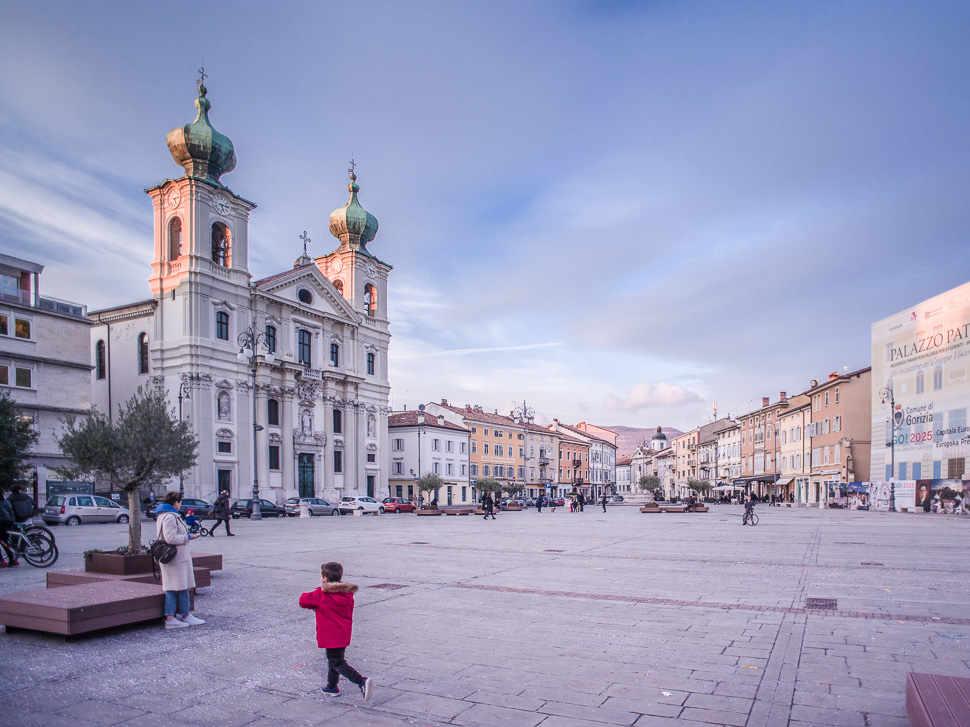
On the way to Austria, we also decided to stop at Gorizia (or Görz), which lies directly at the border to Slovenia. Originally a watchtower or a prehistoric castle controlling the fords of the Isonzo River, Gorizia emerged as a small village not far from the former Via Gemina, the Roman road linking Aquileia and Emona (modern Ljubljana). The name Gorizia was recorded for the first time in a document from 1001, in which Holy Roman Emperor Otto III donated the castle and the village of Goriza to the Patriarch of Aquileia.
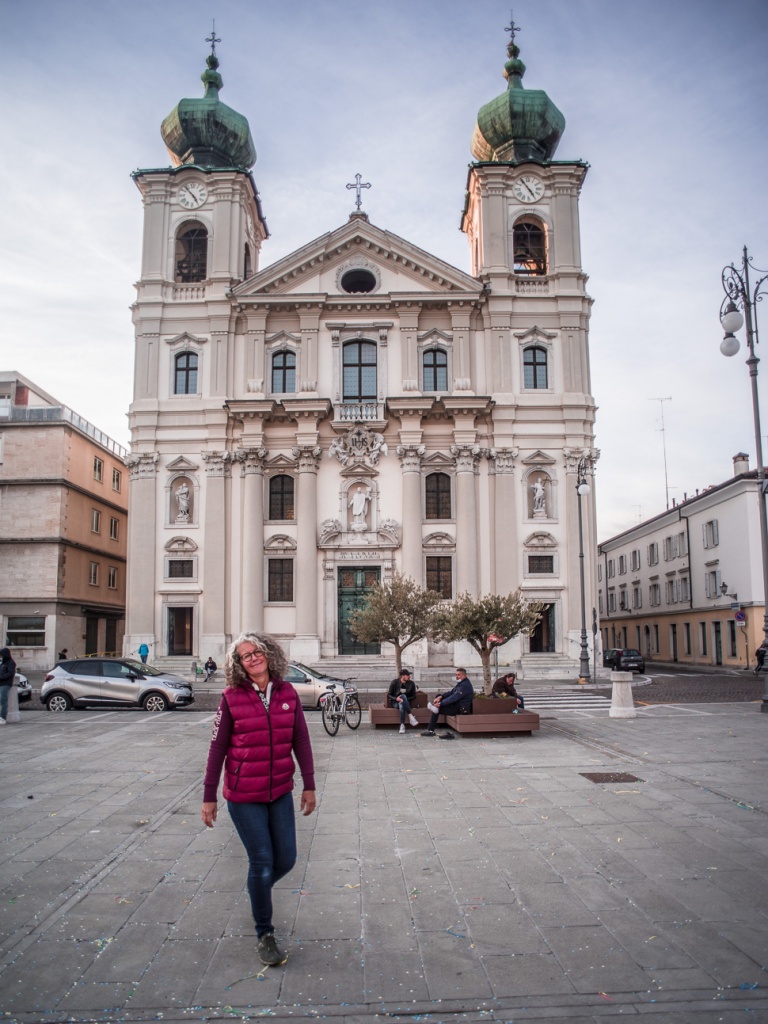
Under the Habsburgs, Gorizia became an important town with multicultural inhabitants. It was one of the most populous urban agglomerations in the Alpe-Adria area, ahead of Klagenfurt, Maribor, Salzburg, Bozen or Trento. But during WWI, Gorizia was at the frontline between the Italian and Austro-Hungarian armies and was heavily damaged. After the war, it became part of Italy.
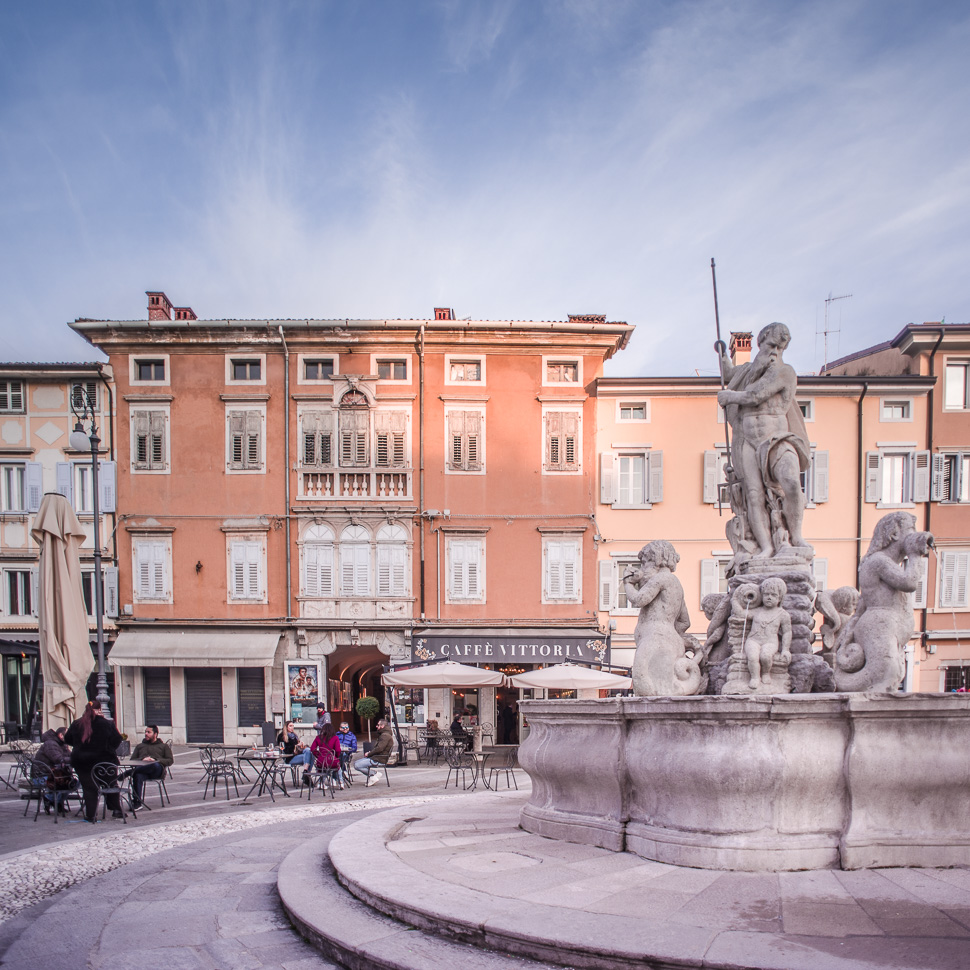
The entire region was again subject to territorial dispute between Italy and Yugoslavia after World War II. In 1947 the old town was left to Italy, Nova Gorica was built on the Yugoslav side, nowadays Slovenia. Today, they are joined in a transborder metropolitan zone, administered by a joint administration board. Let’s hope that the European Union and its many benefits stays our future!
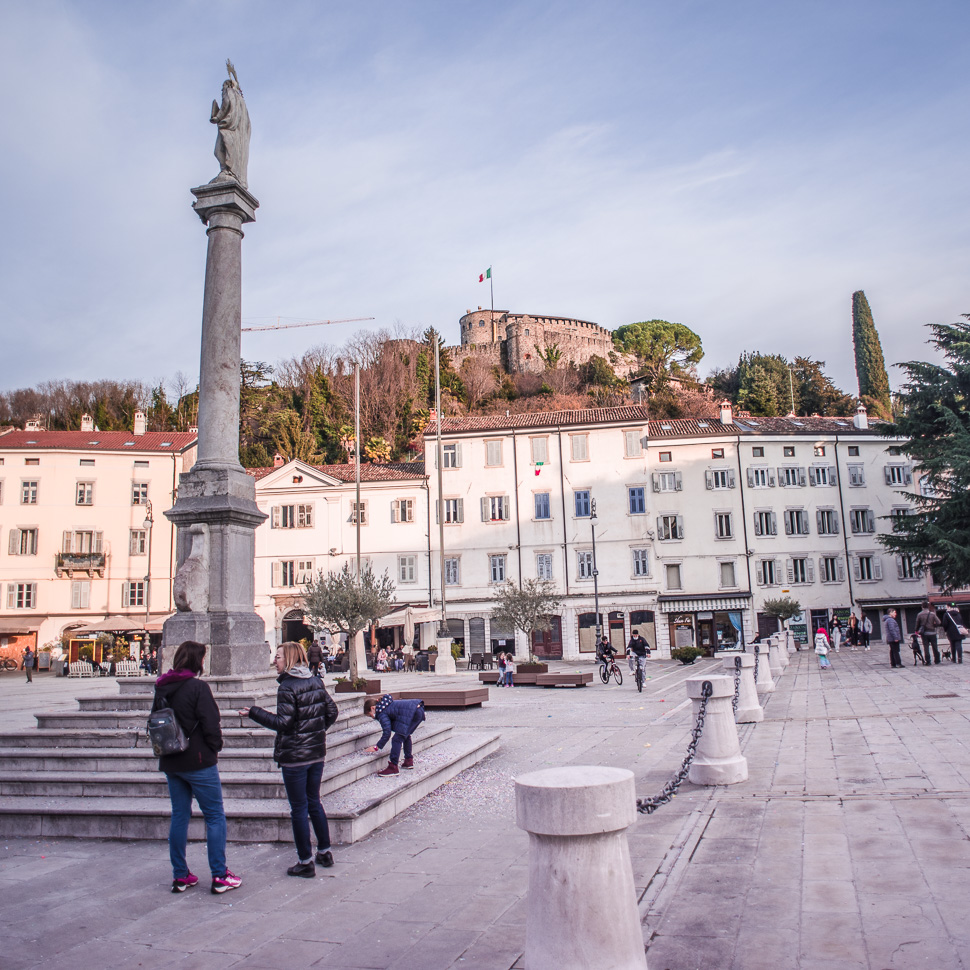
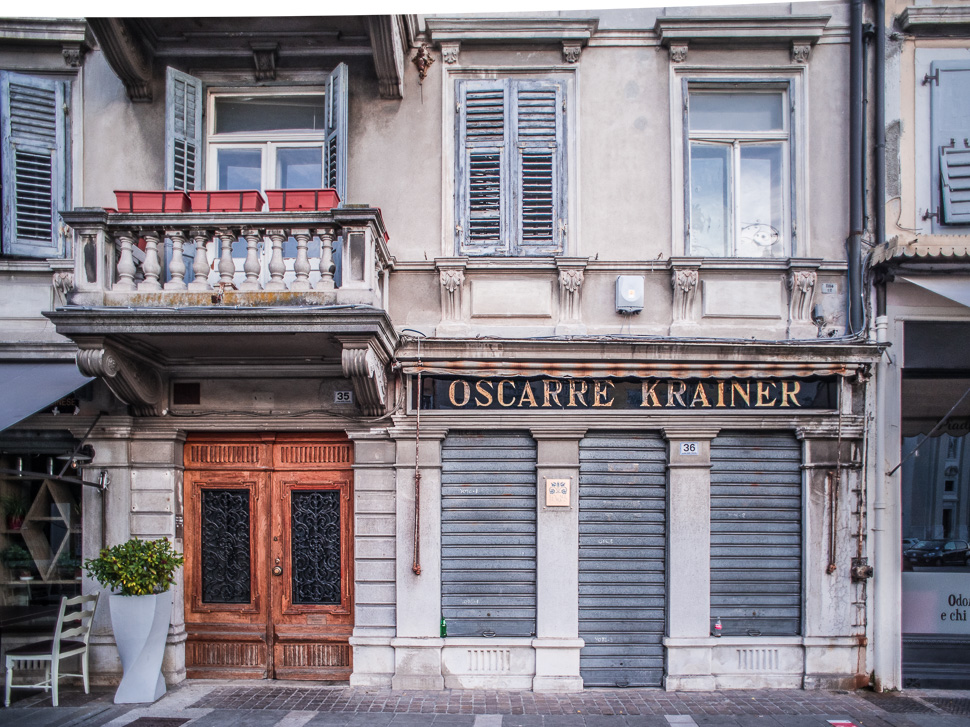
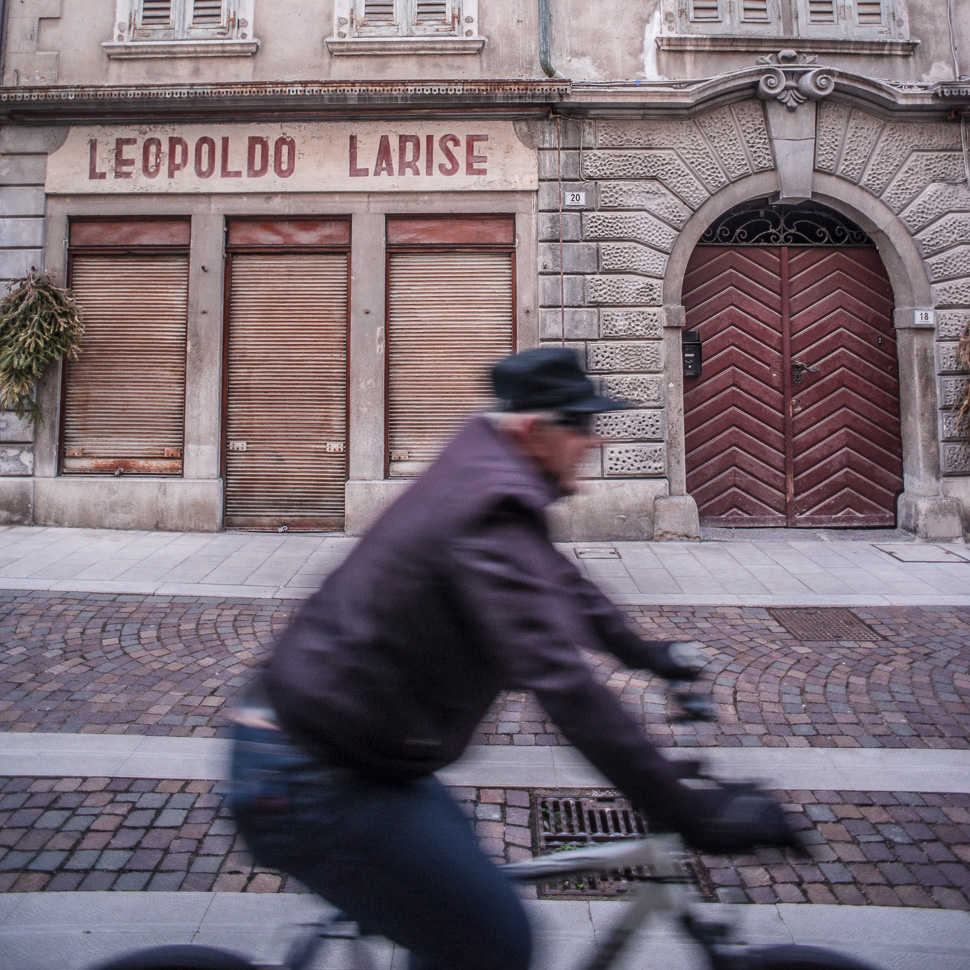
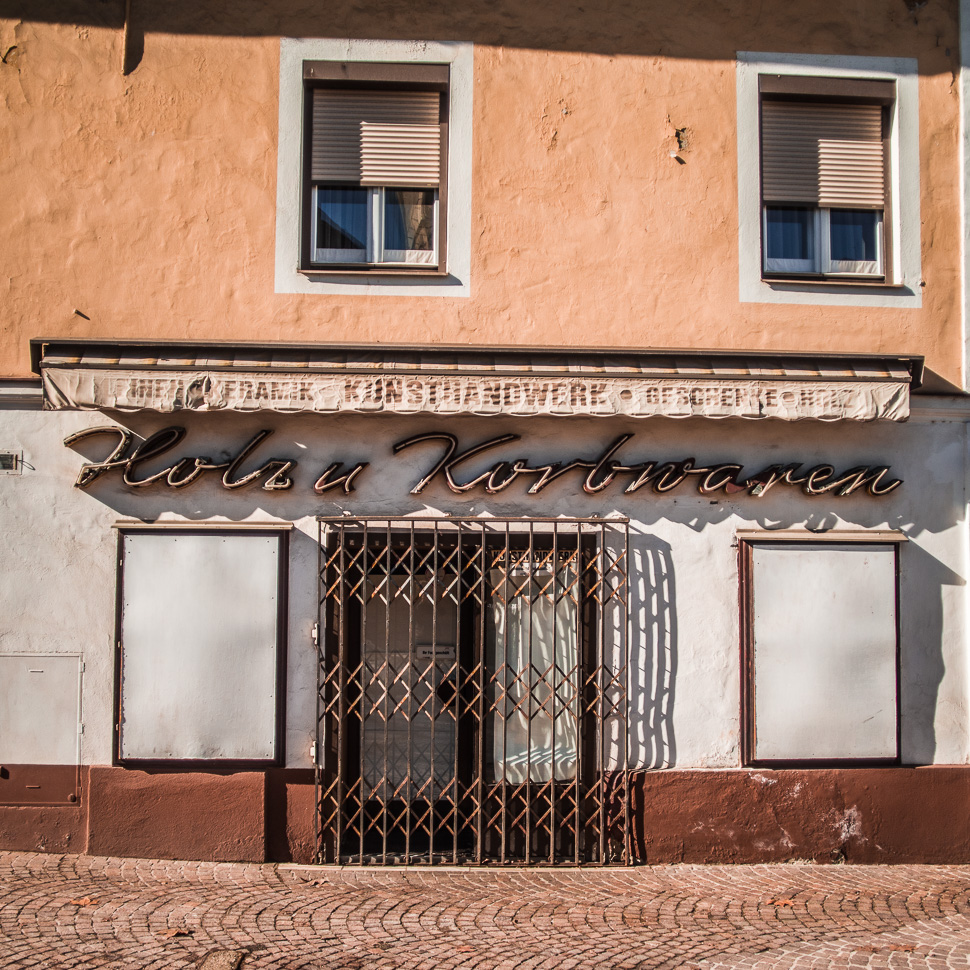
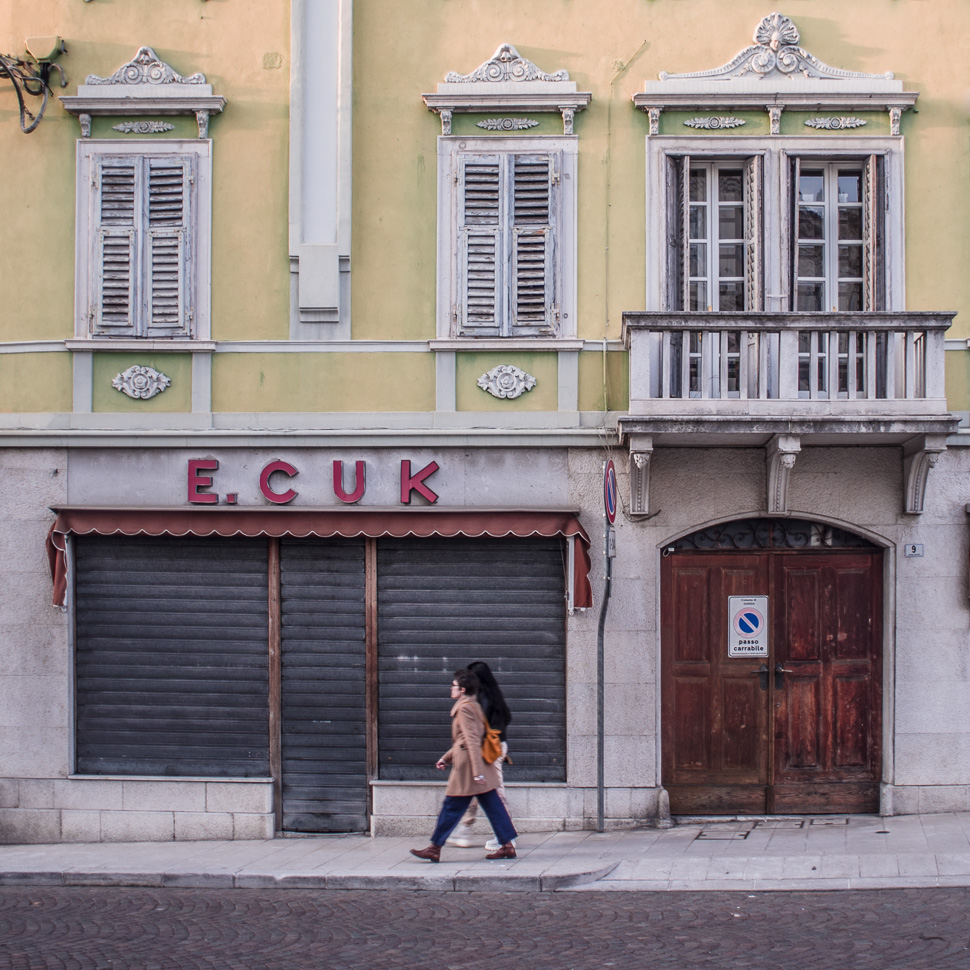
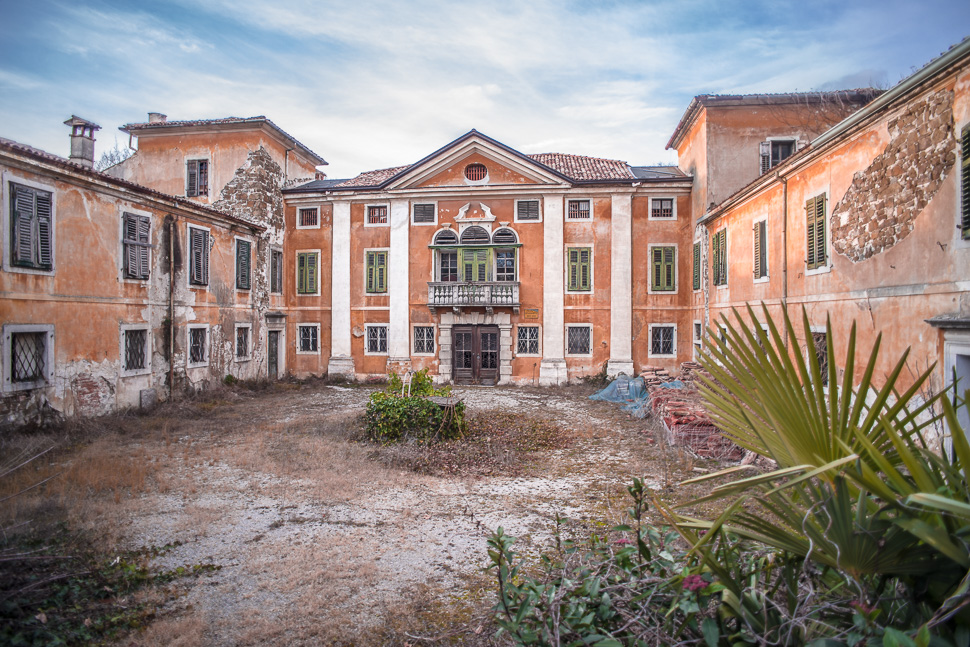
We used the free camper area of Gorizia for the night, and will drive to Austria now, ready to get our next vaccination, so that we will be treated as equals again, instead of underdogs with no Green Pass. More from Austria on our next posts.
